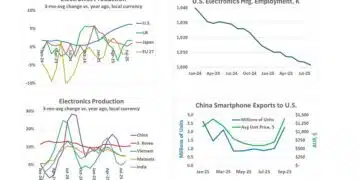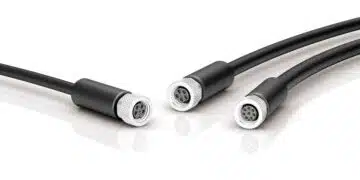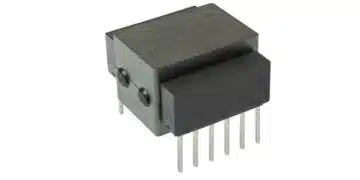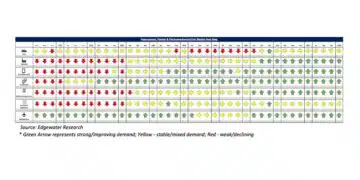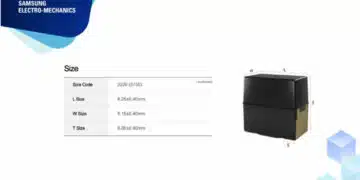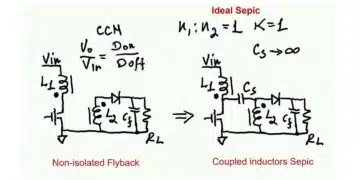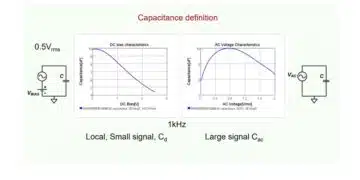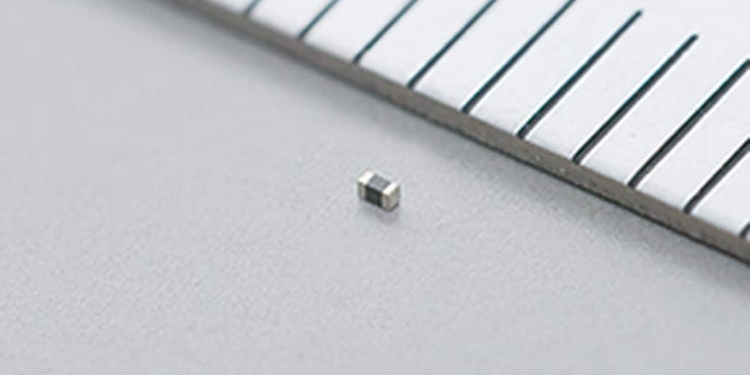source: Murata news
With the introduction of the BLM03EB_SH series, Murata Manufacturing Co., Ltd. has launched a 0201 inch size (0.6 x 0.3 mm) GHZ band, high impedance ferrite bead (noise suppression filter) for automotive, an industry first. This is intended mainly for use with automotive powertrain and safety applications. This product has already entered mass production.
The recent spread of electronic toll collection systems, vehicle to everything (V2X) communication technology*1, emergency communications systems (eCall)*2, Telematics (3G / 4G systems)*3, and other cutting edge technological developments have led to an influx of high frequency communication modules being installed in electronic devices for automotive.
The high frequency noise emitted from such electronic devices in automobiles may interfere with high frequency communication module antennas, disrupting communications. For example, a loss of vehicle to vehicle (V2V) *4 communications prevents information on oncoming vehicles from being received, which may result in crossing collisions and other major road accidents.
High frequency noise must be suppressed to ensure that high frequency communication module antennas are capable of picking up the necessary information being sent. There is also an increasing need to implement ferrite beads for GHz-band into electronic devices installed in automobiles. While the smallest available ferrite bead for GHz-band noise was the 0402 inch size, the introduction of the 0201 inch size BLM03EB_SH series represents a major leap forward in terms of miniaturization. Looking ahead, Murata Manufacturing plans to release products that support higher frequency and current ranges.
Performance map
Impedance characteristics
■BLM03EB250SH1,|Z|,
■BLM03EB500SH1,|Z|,
Features
- 105 ohm, 255 ohm @ 1GHz
- Self-resonance frequency in the GHz band
- Miniature 0201 inch size (0.6 x 0.3 mm)
- Available for use in automotive power train and safety applications
Explanation of terms
*1 Vehicle to Everything (V2X) :
This is a general term for systems that wirelessly connect and share vehicle to vehicle (V2V) and vehicle to infrastructure (road signs, traffic lights, etc.) (V2I) information. Reviews are currently underway into making such systems mandatory as an essential part of peripheral information sharing for automatic driving vehicles.
*2 Vehicle emergency communication system (eCall) :
This is a service that automatically transmits location data of a vehicle’s position when an airbag opens following an accident. This is used to rapidly provide assistance to drivers unable to request help themselves.
*3 Telematics (3G / 4G systems):
Vehicle telematics involve the use of onboard computers connected to the Internet to provide car navigation systems for acquiring traffic information to avoid traffic congestions, and voice-recognition services used to control vehicle functions.。
*4 Vehicle to Vehicle communications (V2V):
This system is used to connect vehicles wirelessly for information sharing.



